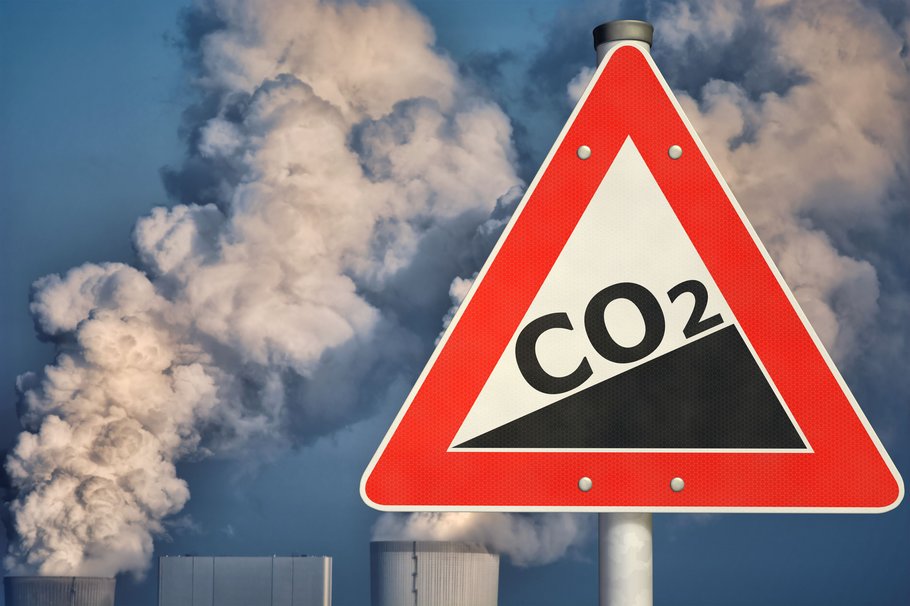Although the world's 7.6 billion people represent only 0.01% of all living things by weight, humanity has already caused the loss of 83% of all wild mammals and half of all plants. The current rate of extinction is tens to hundreds of times higher than the average over the past 10 million years – and it is accelerating. Current production and consumption patterns, land use and urbanization, population dynamics, trade, industry and governance models underpin this loss, calling for a radical reset of humanity's relationship with nature.
Consequently, it is not surprising that the World Economic Forum's 2020 Global Risks Report (GRR), through its comprehensive risks perception survey, ranks biodiversity loss and ecosystem collapse as one of the top five risks in terms of likelihood and impact in the coming 10 years. Yet general confusion persists on what amount of nature loss has occurred, why it relates to human prosperity and how to confront its loss in a practical manner, especially in the business world.
Following on the heels of the 2020 GRR, this report provides a deep dive into how nature loss is material to businesses in all industry sectors and makes a clear argument for nature-related risks to be regularly identified, assessed and disclosed by business – as is now increasingly the case for climate change risks. This will help prevent risk mispricing and inaccurate capital buffers, as well as guiding action to mitigate and adapt business activities that degrade and destroy nature.
Human societies and economic activities rely on biodiversity in fundamental ways. Our research shows that $44 trillion of economic value generation – more than half of the world's total GDP – is moderately or highly dependent on nature and its services and is therefore exposed to nature loss. Together, the three largest sectors that are highly dependent on nature generate close to $8 trillion of gross value added (GVA): construction ($4 trillion); agriculture ($2.5 trillion); and food and beverages ($1.4 trillion). This is roughly twice the size of the German economy. While the risk to primary industries is straightforward to grasp, the consequences for secondary and tertiary industries can also be significant. For example, six industries – chemicals and materials; aviation, travel and tourism; real estate; mining and metals; supply chain and transport; retail, consumer goods and lifestyle – with less than 15% of their direct GVA highly dependent on nature, still have "hidden dependencies" through their supply chains. More than 50% of the GVA of their supply chains is highly or moderately dependent on nature.
Nature risks become material for businesses in the following three ways:
- When businesses depend directly on nature for operations, supply chain performance, real estate asset values, physical security and business continuity
- When the direct and indirect impacts of business activities on nature loss can trigger negative consequences, such as losing customers or entire markets, legal action and regulatory changes that affect financial performance
- When nature loss causes disruption to society and the markets within which businesses operate, which can manifest as both physical and market risks
Given that efforts to mitigate the risks of climate change are significantly more mature than those of nature-related risks, this report draws lessons from the climate action agenda. The Task Force on Climate-related Financial Disclosures (TCFD) recommendations, for instance, are proving to be an important lever for enhancing corporate and investor climate action by embodying climate risk and opportunity into effective risk management, strategy and oversight. Learning from and drawing on this approach may be a crucial mechanism for managing nature-related risks and will ensure alignment with broader risk-management processes. To this end, this report suggests adapting a fit-for-purpose approach to incorporating nature-based risks into existing core enterprise risk-management processes, as is increasingly undertaken for climate change and broader environmental, social and governance (ESG) processes.
![Figure 01: Five direct drivers of nature loss have accelerated since 1970 [Source: World Economic Forum] Figure 01: Five direct drivers of nature loss have accelerated since 1970 [Source: World Economic Forum]](/fileadmin/_processed_/3/5/csm_Figure-01_New-Nature-Economy_2020_4bd55479f7.png) Figure 01: Five direct drivers of nature loss have accelerated since 1970 [Source: World Economic Forum]
Figure 01: Five direct drivers of nature loss have accelerated since 1970 [Source: World Economic Forum]
![Figure 02: The Global Risks Landscape 2020 and the evolution of the biodiversity loss risk in the past three years [Source: World Economic Forum] Figure 02: The Global Risks Landscape 2020 and the evolution of the biodiversity loss risk in the past three years [Source: World Economic Forum]](/fileadmin/_processed_/0/5/csm_Figure-02_New-Nature-Economy_2020_0e4c742360.png) Figure 02: The Global Risks Landscape 2020 and the evolution of the biodiversity loss risk in the past three years [Source: World Economic Forum]
Figure 02: The Global Risks Landscape 2020 and the evolution of the biodiversity loss risk in the past three years [Source: World Economic Forum]
Endnotes
- 22: H. Ritchie and M. Roser, 2019, "Land use", OurWorldInData.org, https://ourworldindata.org/land-use (link as of 7th Jan 2020).
- 23: NYDF Assessment Partners, 2019, "Protecting and restoring forests: A story of large commitments yet limited progress", New York Declaration on Forests Five-Year Assessment Report, https://forestdeclaration.org/images/uploads/resource/2019NYDFReport.pdf (link as of 7th Jan 2020).
- 24: D. Breitburg et al., 2018, "Declining oxygen in the global ocean and coastal waters", Science, 359 (46), https://science.sciencemag.org/content/sci/359/6371/eaam7240.full.pdf(link as of 7th Jan 2020).
- 25: R. Diaz et al., 2008, "Spreading dead zones and consequences for marine ecosystems", Science, 321 (5891), 926–929, https://science.sciencemag.org/content/321/5891/926 (link as of 16th Dec 2019).
- 26: R. Kelly et al., 2013, "Recent burning of boreal forests exceeds fire regime limits of the past 10,000 years", PNAS, 110 (32), 13055–13060, https://doi.org/10.1073/pnas.1305069110 (link as of 7th Jan 2020).
- 27: W.J. de Groot, M.D. Flannigan and A.S. Cantin, 2013, "Climate change impacts on future boreal fire regimes", Forest Ecology and Management, 294, 35–44, https://doi.org/10.1016/j.foreco.2012.09.027 (link as of 7th Jan 2020).
- 28: IPCC, "Summary for policymakers of IPCC Special Report: Global warming of 1.5°C".
- 29: IPBES, "Summary for policymakers of the global assessment report on biodiversity and ecosystem services of the Intergovernmental Science-Policy Platform on Biodiversity and Ecosystem Services".
- 30: IRP, 2019, "Global Resources Outlook 2019: Natural resources for the future we want", United Nations Environment Programme, https://wedocs.unep.org/bitstream/handle/20.500.11822/27517/GRO_2019.pdf?sequence=3&isAllowed=y (link as of 15th Jan 2020).
- 31: FAO and IWMI, 2018, "More people, more food, worse water? A global review of water pollution from agriculture", http://www.fao.org/3/CA0146EN/ca0146en.pdf (link as of 7th Jan 2020).
- 32: IPBES, 2019, "Summary for policymakers of the global assessment report on biodiversity and ecosystem services of the Intergovernmental Science-Policy Platform on Biodiversity and Ecosystem Services".





